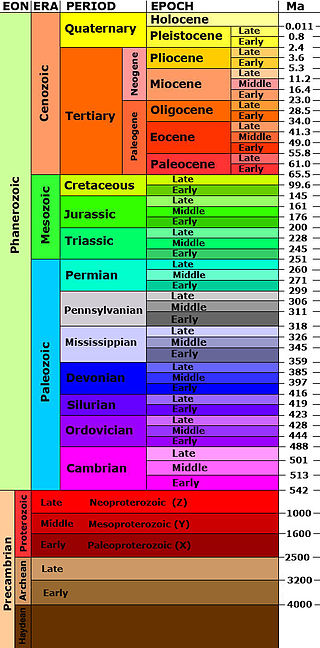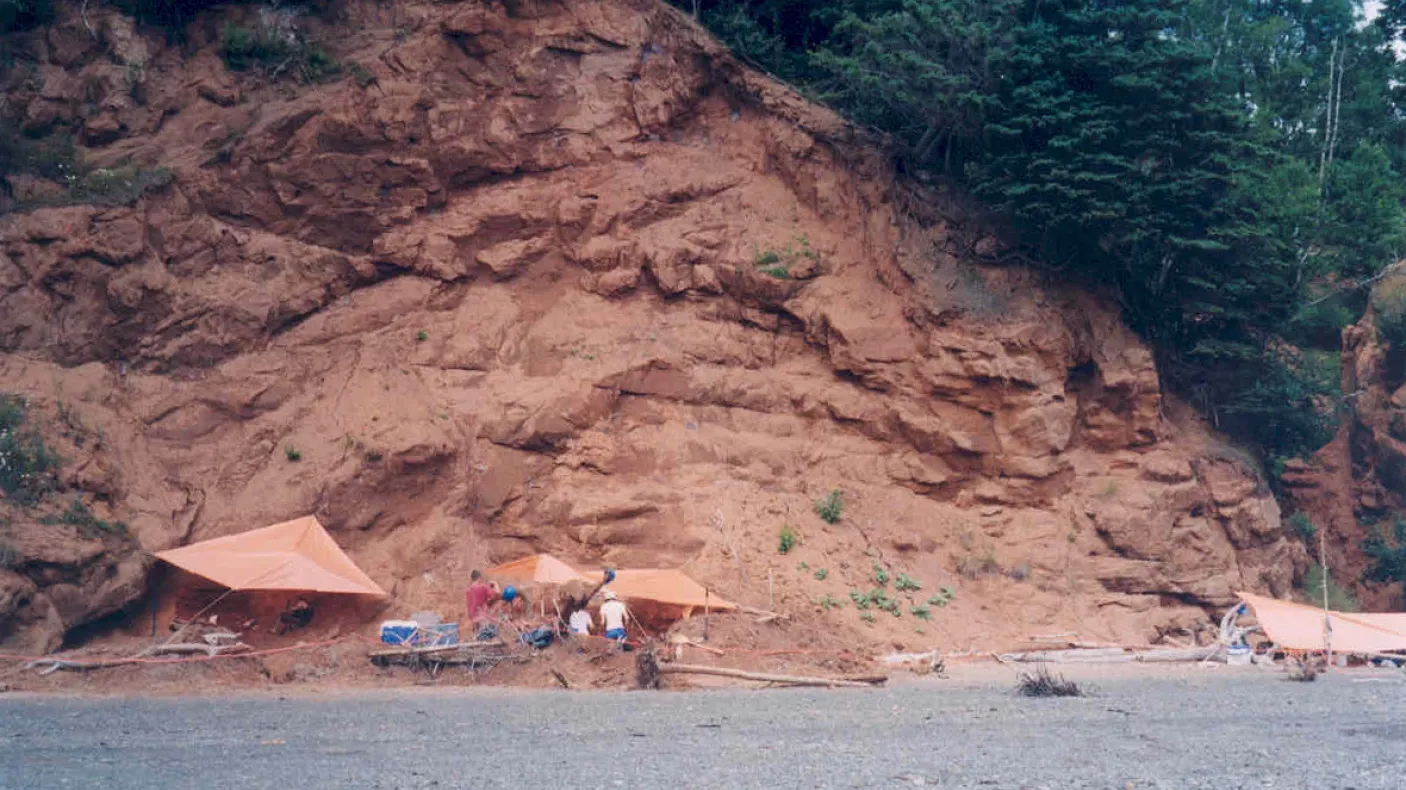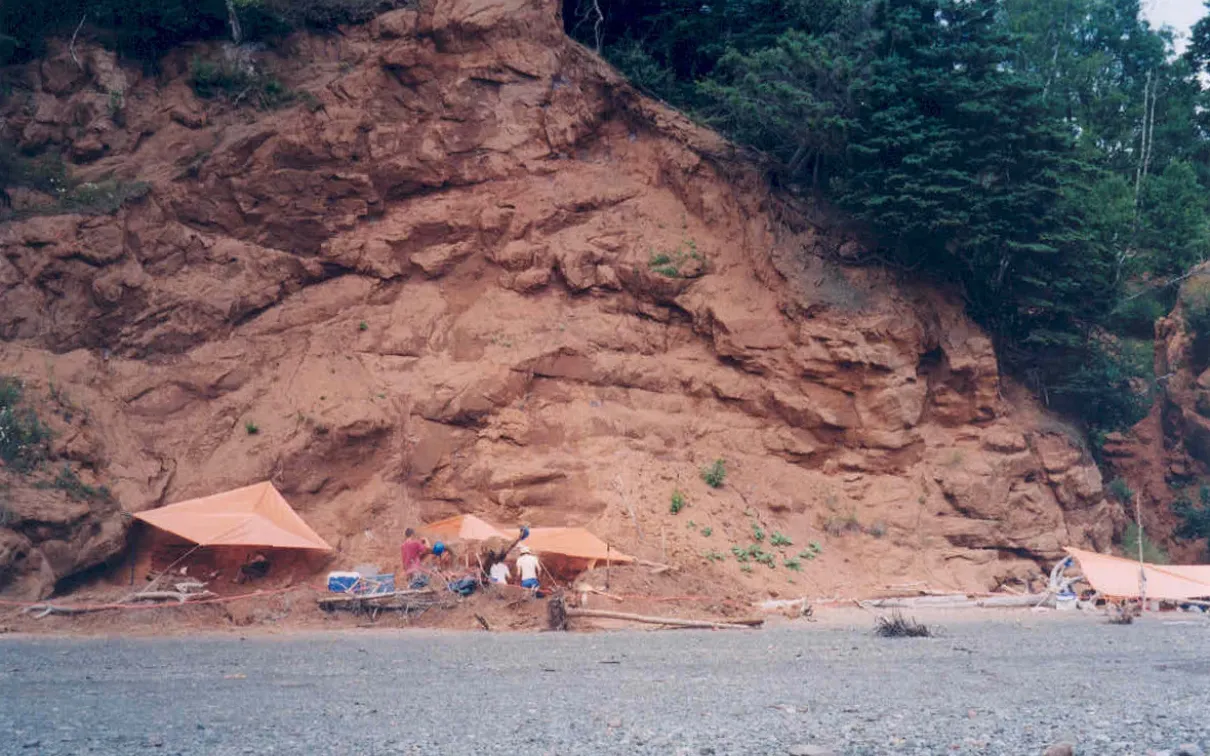The Book of Life
Published
Category
Author
Blog Post
By Dr. Victoria Arbour, ROM Postdoctoral Researcher

Almost all of the most familiar fossils – things like dinosaurs, mammoths, and trilobites – are found in just one Eon, the Phanerozoic. Life first appeared in the Archaean Eon, around 3.7 billion years ago, but for billions of years most things that were alive were small and single-celled organisms like bacteria. The Phanerozoic Eon represents just 541 million years out of the 4.6 billion years since the Earth formed. It’s divided into three eras: the Palaeozoic, when multicellular life exploded into many of the major divisions of animals we know today, and when plants and animals first adapted to living on dry land; the Mesozoic, the age of dinosaurs and the origin of mammals, turtles, lizards, and birds; and the Cenozoic, when mammals took centre stage, birds filled the skies, and humans first evolved. The end of the Palaeozoic Era is marked by a huge drop in species diversity, the biggest mass extinction the earth has ever known. The Mesozoic ends with the extinction of the non-avian dinosaurs, the marine reptiles and ammonites, and many other groups of animals. We’re still writing the Cenozoic chapter of Earth’s history, but many conservation biologists have looked to the fossil record and argued that we are in the midst of another mass extinction. How will palaeontologists of the future describe and define our current epoch and era?


